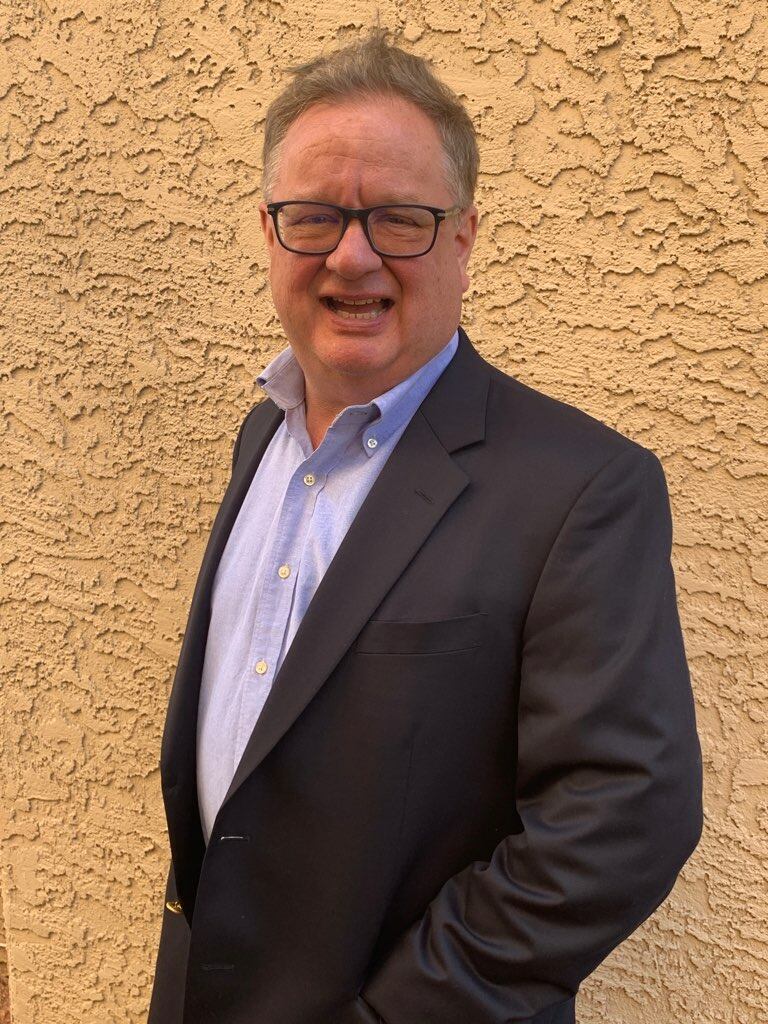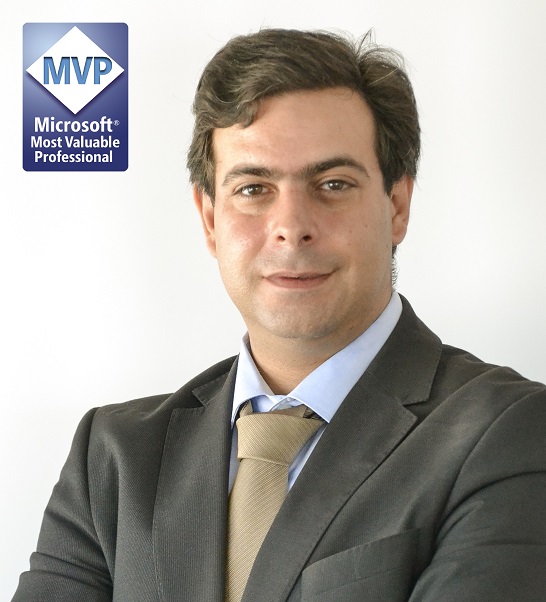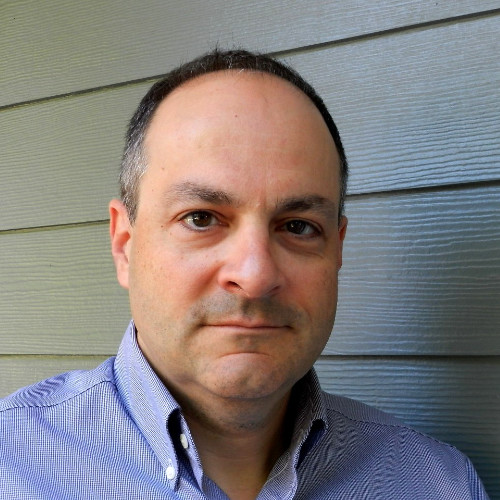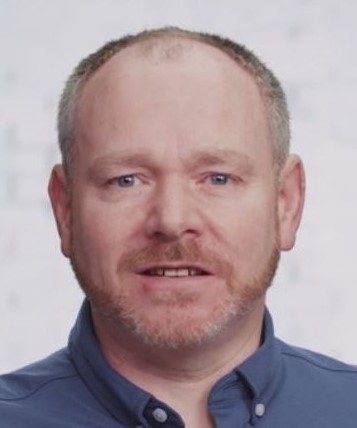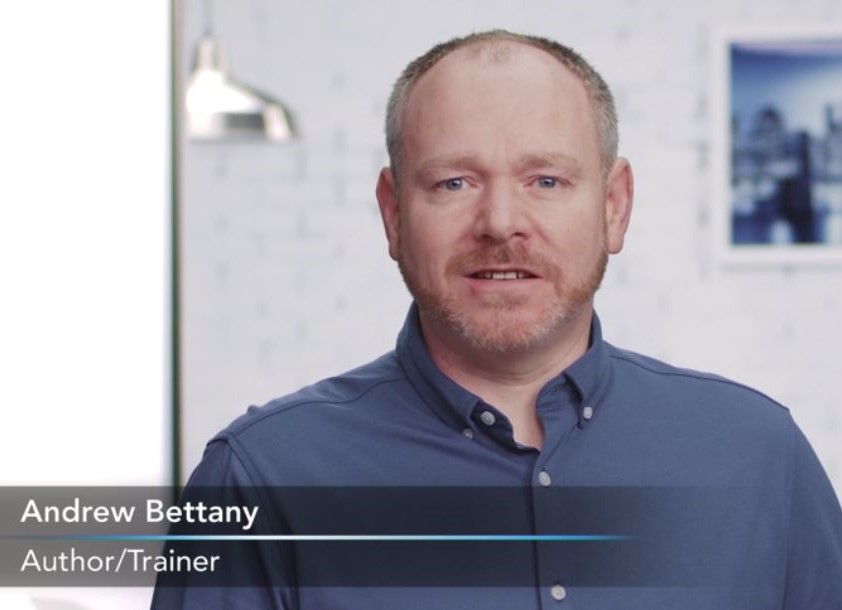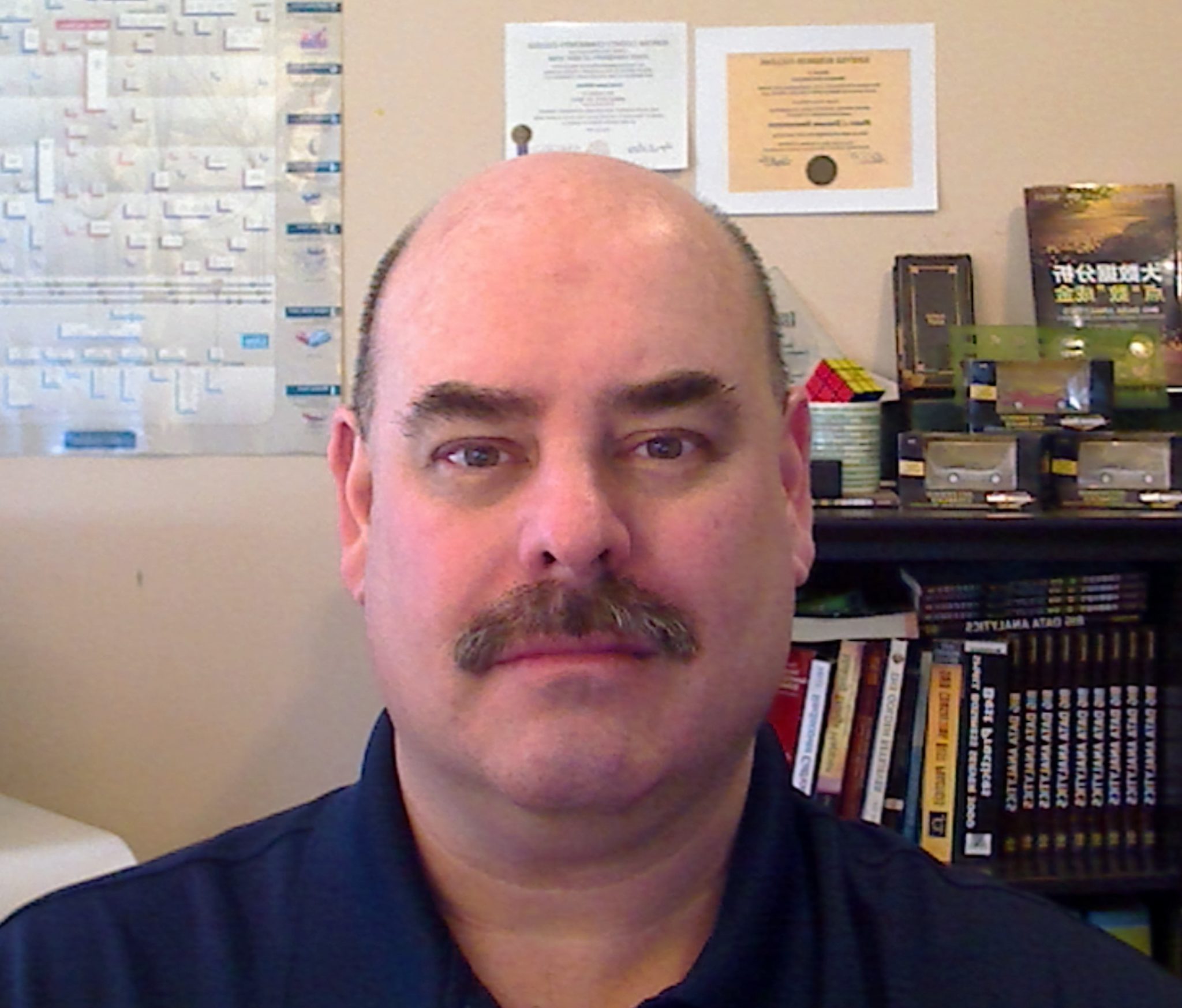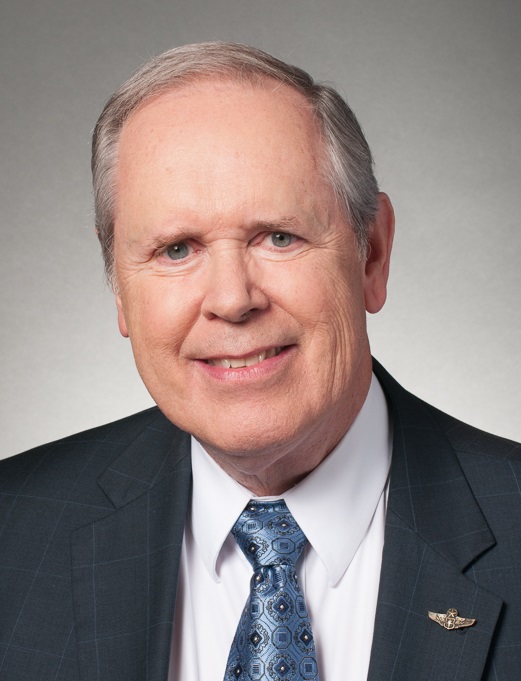Maintaining, being efficient with resources, improving security, compliance, and having an insight into your businesses evolving IT asset needs are vital in maintaining your business. Proper practices of IT asset lifecycle management encompasses these key practices, while allowing your company to extend asset lifespans, reduce the cost of maintenance, and make the asset more reliable. IT asset lifecycle management starts with planning and continues all the way through the life of the asset. Harry Brelsford of SMB Nation sits down with Alex Farling of Lifecycle Insights to discuss the importance of IT asset lifecycle management and how it can help your business.
Video Transcription
Harry Brelsford
Hey nation nation, Harry here with Alex Farling . How’re you doing?
Alex Farling
I’m good. How are you? Thanks for having me.
Harry Brelsford
All right. Well, I was referred in by a long time, SMB Nation member John Hill at a San Antonio told me about you and said, We have to chat and you have a good story. I want the SMB Nation to hear it. So lifecycle insights. What’s your story?
Alex Farling
Yeah, well, John’s a great partner, we pay him a lot of money to say nice things about us. It’s not a very profitable model, but it’s working so far. No, but in all reality. So my story is I came from an MSP. I owned one for 16 and a half years like everybody else, I started as break fix, we work for customers we adapted 2008 hit us incredibly hard. Some of our largest clients were concerned with the amount of travel we had to do to meet up visit all their offices and such. And that really drove us into managed services, right? What can we do to cut down on travel costs and expenses, I did the same dumb stuff every other MSP did in 2008, when they’re converting to managed services, added up a whole year’s worth of my customers bills divided by 12. And went yeah, we can support it for that. And so I screwed up, I started to cheap just like everybody else. But I was a sales guy who happened to own an MSP. And so I spent a lot of time trying to fix that. And in the, in the process of learning how to sell managed services, and really building that sales model, I learned that our sales and account management was wrong and broken, we had data in a ton of different tools, it was impossible to pull any of it forward and actually have a real conversation with my customer about how to fix not just our billing process, but where they had gaps in their cybersecurity where they had gaps in their best practices, where their business pain was. And so we started building a tool for my own internal use, that really just struck a chord with all of our beta partners and a few folks that we shared it with early on. And that’s kind of become lifecycle insights. So fast forward to 2019 COVID hit, we launched it, we launched it it nation COVID hit, we went into 2020, with no real sales model, no real sales process. But at the same time, randomly, somebody knocked on my door and said they wanted to buy my MSP it was a really good offer. So I 45 days later, and no longer on an MSP. I came to lifecycle insights full time. And we’ve just been growing and building and improving the platform. And you know, two years in in two and a half years in, we’re sitting at right about 500 partners, and it’s just growing year over year, gangbusters as we as we continue to build something that’s helping these MSPs
Harry Brelsford
Yeah, for lack of a better word, and I’m focused, I’m looking off site at your webpage. Under let’s talk about your features. That’s yeah, so Well, I
Alex Farling
have to go look at my own webpage now. So I mean, we can we can talk through through the feature set that’s on the platform. And really what we’re doing is we’re aggregating data. So you know, we do asset lifecycle management, what do you own? How long are you going to keep it? When does it need to be replaced. But we do that, with the data that you already have, instead of trying to do anything really crazy, we go look at an asset we integrate with vendors, when we go look up the purchase date and the warranty, we assign a policy to it and say, Hey, that assets worth 500 bucks, 1000 bucks, 2000 bucks, whatever. So when it becomes X number of months old, I just need to put money on the budget to account for its replacement. It’s such a it’s such a common sense process and none of our tools do it. You know, we go here purchase data into ConnectWise. And then we forget about it, never do anything with it ever again. We pull those those things forward. And we kind of build out that analytics, which is what’s the budget? What’s the actual budget for this customer? Not just how much are they gonna spend replacing PCs and servers next year, but down to line of business applications, SSL certificate renewals? How much do they spend on the copier, the printer and Salesforce and Adobe and the stuff we don’t even touch? Because at the end of the day, we don’t realize we’re competing for wallet share with Every Dollar our customer spends on technology, even if it’s not a transaction, you’ve got to run through us. Yeah, yeah. So we help them build that big picture budget, and then go sit down with them and go, Hey, here’s a three year budget or a five year budget, everything you’re going to spend on it. So we we build in total cost of ownership around a lot of the metrics and analytics and pieces that we touch on. And then we add on a risk assessment. And that’s the other big one that’s on that page. I mean, it’s a tile the same size as all the rest of them. But we do that risk assessment to say, here’s the status quo, if you change nothing, this is the risk that your organization’s presented with. And in today’s world, cybersecurity risk is everything. So we put that that piece front and center, we follow it up with change nothing. This is what it costs to maintain the level of risk that you have today. And then here’s a few recommendations we could do to improve it if you could spend a little more money here’s where I would put it and and how we would move the needle. And that conversation really moves us from guy who upgrades RAM SSDs to a strategic business partner who’s presenting me with you know, 20% of my entire company budget baked out to technology and IT and everything else related to
Harry Brelsford
Yeah, yeah, cuz put you you do a lot. Yeah.
Alex Farling
And we’re adding even more next Week, you’ll see two new features dropped that are gonna be. So,
Harry Brelsford
yeah, what I noticed what stood out to me was the QBR the quarterly business reporting. So that’s, that’s kind of the almost, I’m gonna say the end of the supply chain, you’re doing all this black box box magic, right? QBR right. Is that
Alex Farling
fair? Well, yeah, and the QPR was a pain point to me because I had a technical account manager and a non technical account manager. And I needed both of them at my MSP to get the same clicks, right, to give the same and my MSP was called Delaware micro, I wanted them to have the Delaware micro experience all my customers, right? Yes, they need to get the same QBR that I gave, regardless of whether it was my non technical or my technical account manager. Well, the tech got too nerdy, the non tech couldn’t deliver the data couldn’t deliver the information couldn’t get to the end. And so we had to build a platform that really walked us through building out what that business review look like. And it’s that same thing I was just talking about, right? If you change nothing, this is what your risk profile looks like. If we make some changes, here’s what it does to the budget. And we’ve moved the QPR from being that post mortem, here’s how many tickets I closed, here’s how many antiviruses I anti virus, here’s how many anti spam, anti spam, nobody cares. Yeah, moved it to a forward looking conversation that really helps set your customer up for success in the next three to five years. And that’s where all of a sudden, and the budgets the mic drop document, let our clients lay that budget out in front of their clients. They say, here’s what’s gonna cost you to maintain it. They go, Man, I wish I had had this seven years ago when I hired you the first time and all the MSP stuff to go. I’m so sorry. As a technology industry. Our tools were just not mature enough to do this. But now they are and I’m delivering you to something.
Harry Brelsford
All right. Well, I appreciate you introducing yourself to the patient. Thank you, sir. I appreciate the
Alex Farling
Thank you, sir. I appreciate the opportunity to rant that

